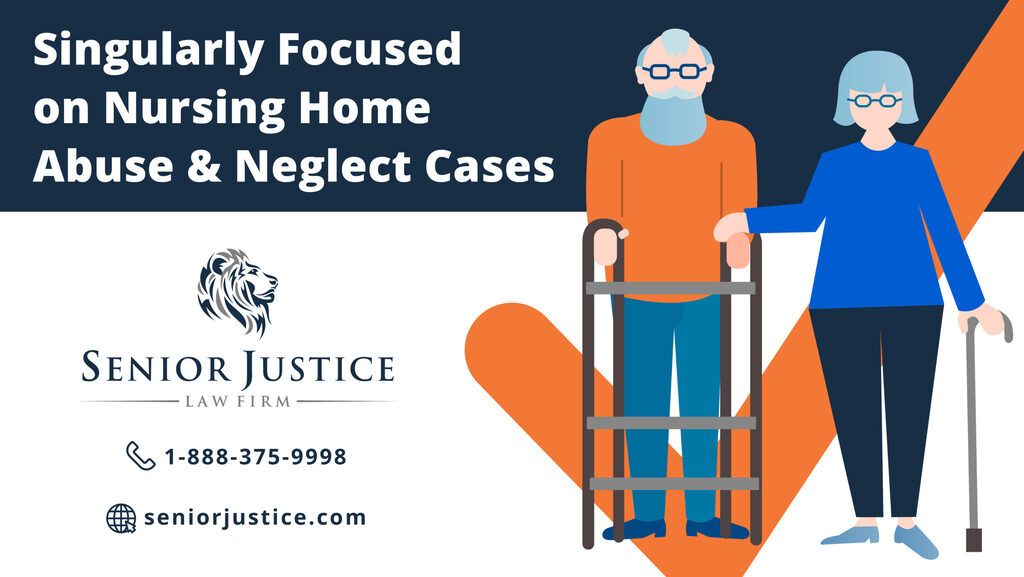Nursing Home Choking Risk Dietary Restrictions and Feeding Assistance Save Lives
Choking is a serious concern for many individuals, particularly for patients in nursing homes or long-term care facilities. For these individuals, choking risk can be due to various factors, including age-related changes, underlying medical conditions, and physical and cognitive disabilities.
Therefore, healthcare professionals need to take appropriate measures to minimize the risk of choking, such as providing special diet foods and staff supervision during eating, to keep patients from choking. Failing to take appropriate choking-prevention steps is a form a nursing home negligence.
In this article, our nursing home choking attorneys will discuss in detail how choking risk patients are given special diet foods to keep them from choking. We will cover the following aspects of special diets for choking risk patients:
1. What is a choking risk diet?
2. Types of choking risk diets
3. How are choking risk diets determined?
4. How are choking risk diets prepared?
5. Feeding techniques for choking risk patients
6. Challenges of implementing choking risk diets
7. Conclusion
8. Free nursing home choking case consultation
Free Nursing Home Choking Case Consultation: (888) 375-9998
1. What is a choking risk diet?
A choking risk diet is a special type of diet that is designed for individuals who are at an increased risk of choking. The primary goal of a choking risk diet is to reduce the risk of choking by modifying the texture, consistency, and size of foods and liquids.
Choking risk diets are often recommended for patients with various medical conditions, including stroke, Parkinson’s disease, dementia, dysphagia, or other neurological or physical impairments that affect their ability to swallow safely.
The standard of care dictates that a nursing home or assisted living facility must use a special choking risk diet if the patient is at risk for choking.
2. Types of choking risk diets
There are three primary types of choking risk diets: pureed, mechanically soft, and chopped. Each of these diets has its own characteristics, and the specific type of diet recommended will depend on the individual’s level of swallowing difficulty.
a. Pureed diet
A pureed diet is a type of choking risk diet that involves blending or grinding solid foods until they reach a smooth, uniform consistency. Pureed foods are often served in a soft, pudding-like texture, making them easier to swallow for individuals who have difficulty chewing or swallowing.
Foods that are commonly pureed include fruits, vegetables, meats, and grains. Pureed foods can also be fortified with additional nutrients to ensure that patients are receiving adequate nutrition.
b. Mechanically soft diet
A mechanically soft diet is a type of choking risk diet that involves serving foods that have been minced or mashed into small, bite-sized pieces. This diet is often recommended for individuals who have difficulty chewing or swallowing, but who are still able to tolerate some solid foods.
Foods that are commonly included in a mechanically soft diet include cooked vegetables, ground meats, soft fruits, and scrambled eggs. To make these foods more palatable, they may be seasoned with herbs and spices, or mixed with sauces or gravies.
c. Chopped diet
A chopped diet is a type of choking risk diet that involves serving foods that have been cut into small, bite-sized pieces. This diet is often recommended for individuals who have difficulty chewing or swallowing, but who are still able to tolerate solid foods.
Foods that are commonly included in a chopped diet include cooked vegetables, meats, and fruits. The size and texture of the food are important considerations when preparing a chopped diet, as the goal is to make the food easy to chew and swallow without compromising taste or nutrition.
3. How are choking risk diets determined?
Choking risk diets are determined based on several factors, including the patient’s underlying medical condition, the severity of their swallowing difficulties, and their nutritional needs.
The process of determining a choking risk diet typically involves a comprehensive assessment by a multidisciplinary team of healthcare professionals, including a physician, a registered dietitian, and a speech-language pathologist. The assessment may include a variety of tests, such as a videofluoroscopic swallow study or a fiberoptic endoscopic evaluation of swallowing, to evaluate the patient’s swallowing function and identify any abnormalities.
4. How are choking risk diets prepared?
Once a choking risk diet has been determined, the next step is to prepare meals that meet the patient’s nutritional needs while also minimizing the risk of choking. This may involve modifying the texture and consistency of foods, as well as adjusting portion sizes to ensure that the patient is receiving adequate nutrition.
To prepare pureed foods, solid foods are blended or ground until they reach a smooth, pudding-like consistency. Mechanically soft and chopped diets involve cutting or mashing solid foods into small, bite-sized pieces. These foods may be served with sauces or gravies to make them easier to swallow and more palatable.
5. Feeding techniques for choking risk patients
In addition to modifying the texture and consistency of foods, healthcare professionals also use specific feeding techniques to help choking risk patients eat safely. Some common feeding techniques include:
a. Chin tuck
The chin tuck technique involves instructing the patient to tuck their chin down towards their chest while swallowing. This helps to close off the airway and prevent food or liquid from entering the lungs.
b. Head turn
The head turn technique involves instructing the patient to turn their head to one side while swallowing. This helps to open up the esophagus and facilitate the movement of food or liquid down towards the stomach.
c. Multiple swallows
Some patients may benefit from taking multiple swallows to clear their throat and move food or liquid down towards the stomach.
d. Slow and steady feeding
Feeding a patient slowly and steadily can help to reduce the risk of choking by allowing them to swallow at their own pace and reducing the likelihood of food or liquid entering the lungs.
All of these special feeding techniques require attention and supervision from the nursing home staff. If an aide simply leaves a food tray in front of an at-risk resident, leaves, and then they choke, this is likely a form a nursing home negligence.
6. Importance of proper choking risk diets
Proper choking risk diets are essential for individuals with swallowing difficulties, as they can help to reduce the risk of choking and improve their overall quality of life. Without proper dietary modifications and feeding techniques, choking risk patients may be at risk of serious complications, including aspiration pneumonia and even death.
It is important for healthcare professionals to work closely with patients and their families to develop and implement individualized choking risk diets that meet their nutritional needs and reduce the risk of choking. Ongoing monitoring and evaluation are also important to ensure that the diet is effective and to make adjustments as needed.
7. Conclusion
Choking risk diets are a crucial component of care for individuals with swallowing difficulties. By modifying the texture, consistency, and size of foods and liquids, healthcare professionals can help to reduce the risk of choking and improve patients’ nutritional status and quality of life. Feeding techniques and ongoing monitoring are also essential to ensure that choking risk patients are able to eat safely and maintain their health and well-being.
8. Free nursing home choking case consultation

Unfortunately, most choking deaths in nursing homes and assisted living facilities could have been prevented through appropriate care and supervision.
At Senior Justice Law Firm, our firm focus is on nursing home negligence and elder abuse claims. Our attorneys have successfully prosecuted more than twenty (20) nursing home choking cases. We can help your family achieve justice for a loved one’s wrongful death.
Contact our nursing home choking lawyers today by calling us at 888.375.9998, live chatting with our office now, or submitting your case facts below. We will get back to you promptly and help educate you on your legal rights after a family member chokes to death inside a healthcare facility. We can also assist you in reporting the choking incident to the appropriate state authorities.


